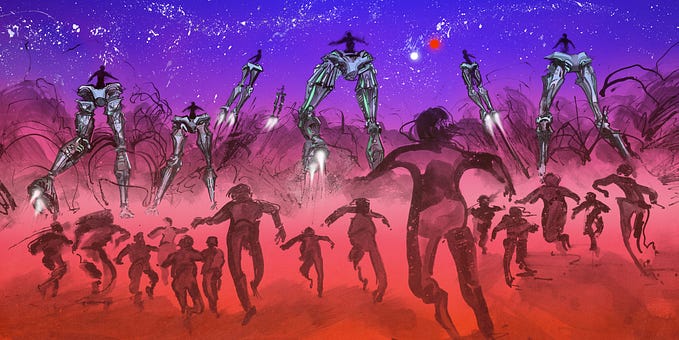Member-only story
Governing by Video Game
Cities across the United States are exploring online games as a way of engaging citizens. But being a citizen isn’t the same thing as being a gamer.

 Trust in governments and regulators is in crisis. Only 17% of Americans say they trust the government, according to the Pew Research Center, down from nearly 80% in the 1960s. Given the current state of our politics and uncertainty in the global economy, this isn’t exactly surprising. Whether at the local, national, or international levels, we tend to think those in charge aren’t doing a good job.
Trust in governments and regulators is in crisis. Only 17% of Americans say they trust the government, according to the Pew Research Center, down from nearly 80% in the 1960s. Given the current state of our politics and uncertainty in the global economy, this isn’t exactly surprising. Whether at the local, national, or international levels, we tend to think those in charge aren’t doing a good job.
One cause of this is that people feel detached from governance, leaving them disillusioned about the ability of policymakers to affect their lives for the better. In the United States and across Europe, a restless electorate feels their voices aren’t being listened to, fueling support for populist political parties. What if there were an easy way to improve this?
Imagine a government that measures people’s civic value and ranks citizens’ contributions on leaderboards. And then imagine that public participation in policymaking and local issues were as simple as playing a game. This gamification of governance is the subject of a recent book called Games, Powers, and Democracies by Gianluca Sgueo, a professor of media, activism, and democracy at New York University’s campus in Florence, Italy.
“Game design has been used by public regulators worldwide to engage citizens in policymaking,” Sgueo says. “While experiments with installing playfulness in policymaking are ongoing, results have shown reasons for optimism — and concern. Gamification can be truly effective at fostering inclusivity and boosting civic engagement.” He adds that the process does raise a number of ethical and legal concerns: “What happens when citizens accustomed to playful participation are confronted with more traditional participatory channels? And what are the threats for privacy and data security?”
Gamification isn’t necessarily about using games as a medium for participation, but the incorporation of game design weaves in elements like points, levels, and challenges into non-game situations. That can be as simple as clicking “like” on an idea, using an app to approve…









